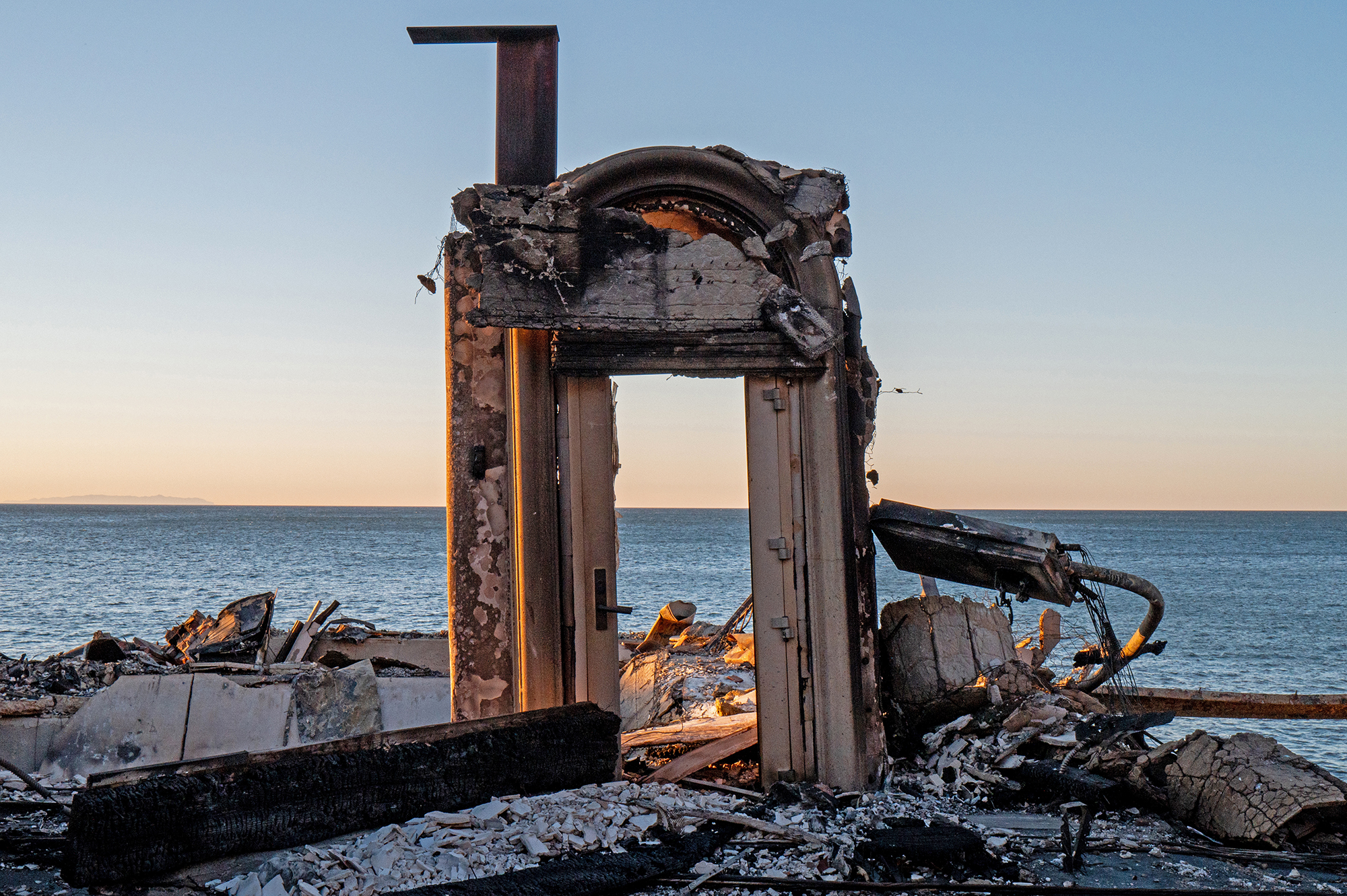
The devastating fires in Los Angeles could deliver a “substantial correction” to Californians’ property insurance bills.
Golden State homeowners pay relatively less to protect their homes compared to residents in the Southeast and Midwest, according to research. The same California regulation that has barred some providers from hiking premiums has also
Loss estimates from the deadly fires continue to rise into the billions of dollars. The California Fair Access to Insurance Requirements Plan
“I think there is likely to be a substantial correction in order to get these insurers back to the table, in order to bring them back into the market,” said Benjamin Keys, professor of real estate and finance at the Wharton School at the University of Pennsylvania, in a Jan. 10 webinar. “Premiums are going to need to rise significantly.”
Experts in the panel hosted by the Global Strategic Communications Council highlighted
The Southeast has been battered by
The California Department of Insurance until this year barred insurers from passing on reinsurance costs to customers, and from using catastrophe models in projecting wildfire risk. Major insurers such as Allstate and State Farm stopped issuing new policies in recent years, citing inflation in reconstruction costs and exposure to catastrophes.
It’s too early
“That’s going to encourage policymakers in other states to take a much closer look at their FAIR plans, and better understand their exposure, and ways to encourage private insurance to come back to the market,” he said.
Experts have cited pressures on insurers of last resort like in Florida, where the Citizens Property Insurance Corp. ballooned into
Homeowners insurance costs will continue to rise, but it’s too early to tell how much the latest fires will impact costs.
Homeowners insurers also won’t be so helpless in responding to the recent blazes, said Shanna McIntyre, co-founder and chief data officer at Delos, a managing general agent which partners with carriers to provide policies. The insurance landscape is more prepared than it was in 2018, when the
“There’s already a lot of new entrants coming in that are starting to rely a lot more on better wildfire science and more accurate underwriting based on the homes and the landscape,” she said. “There will probably be some initial shock, but I think that there’s a lot more market players that are set up to handle these kinds of events.”
California meanwhile also moved to protect homeowners last week, as the state’s Department of Insurance placed a moratorium on insurers from canceling or non-renewing policies in certain affected areas for a year.
The cleanup in Los Angeles has yet to begin, as firefighters
“It could potentially take much longer to find that coverage,” said Walsh. “You’ve got to get ahead of it, or you may be missing closings and things of that nature, or simply not be able to qualify a borrower.”
The lending veteran cautioned that mortgage applicants on the margins may no longer meet debt-to-income requirements as a result of the escalating costs. While there are no statistics on the number of consumers to whom that’s happened, mortgage professionals have
“A serious intellectual look needs to be taken at the problem, and how can government policy intervene,” he said. “I think that’s what’s going to be required.”
